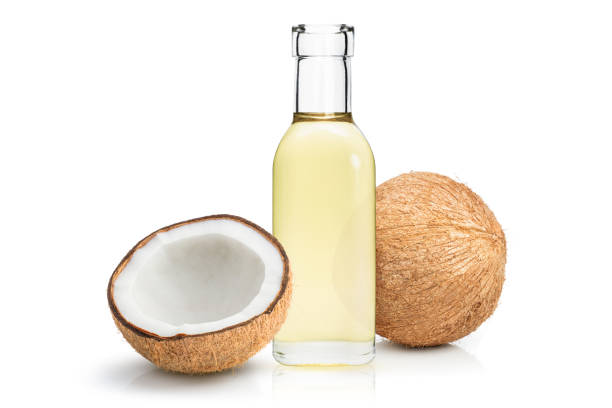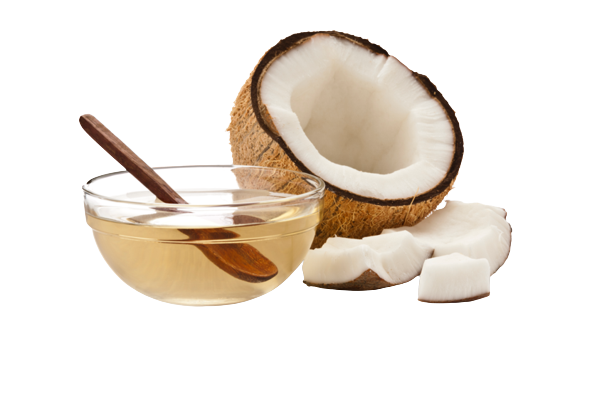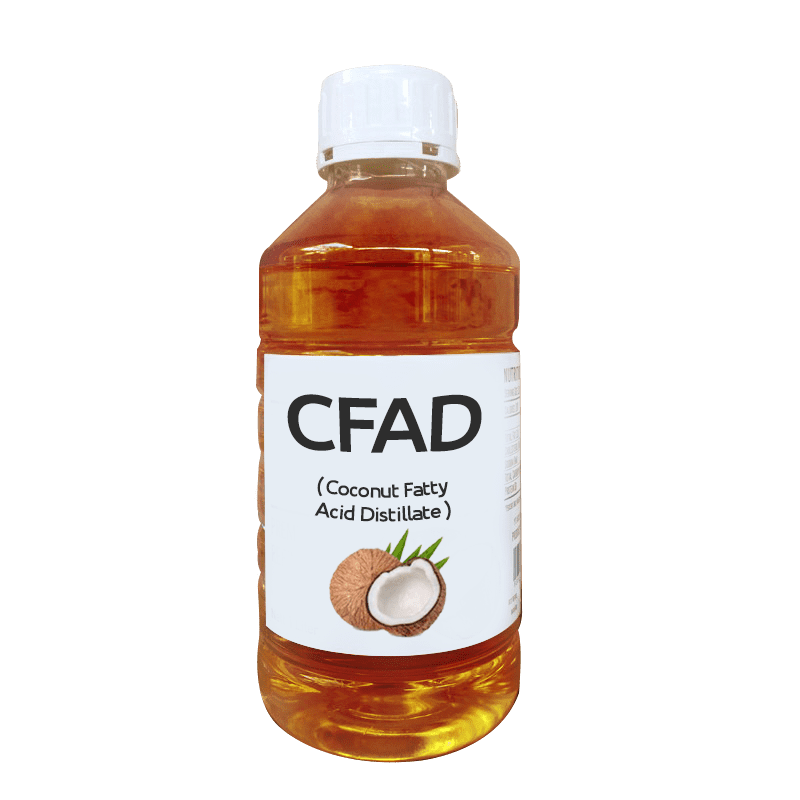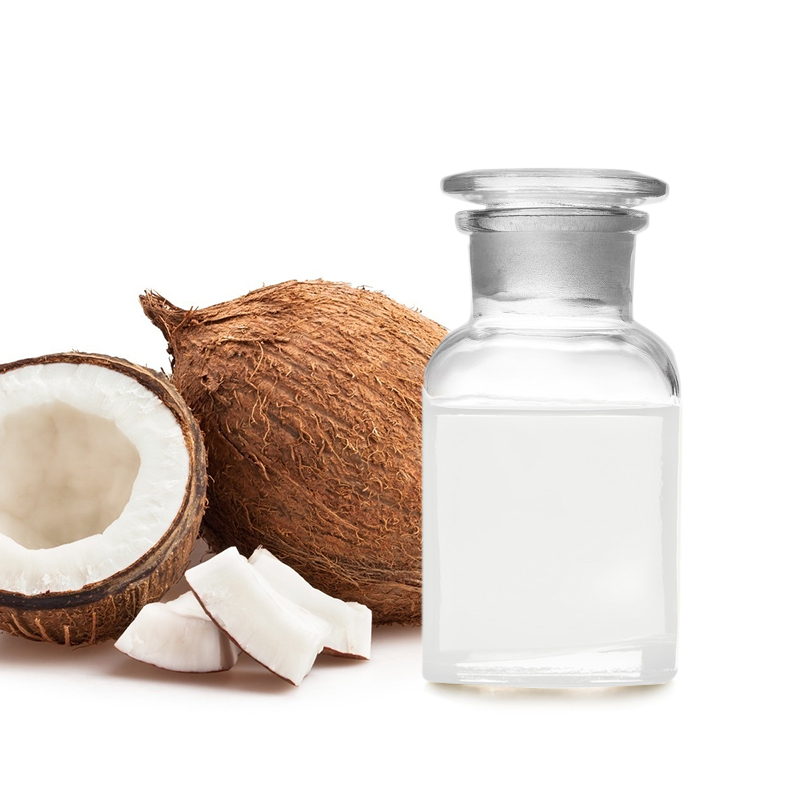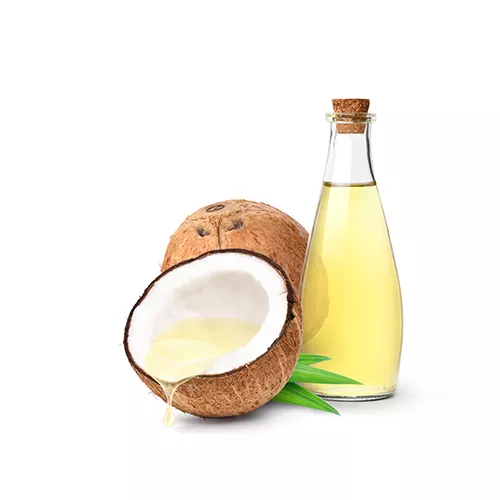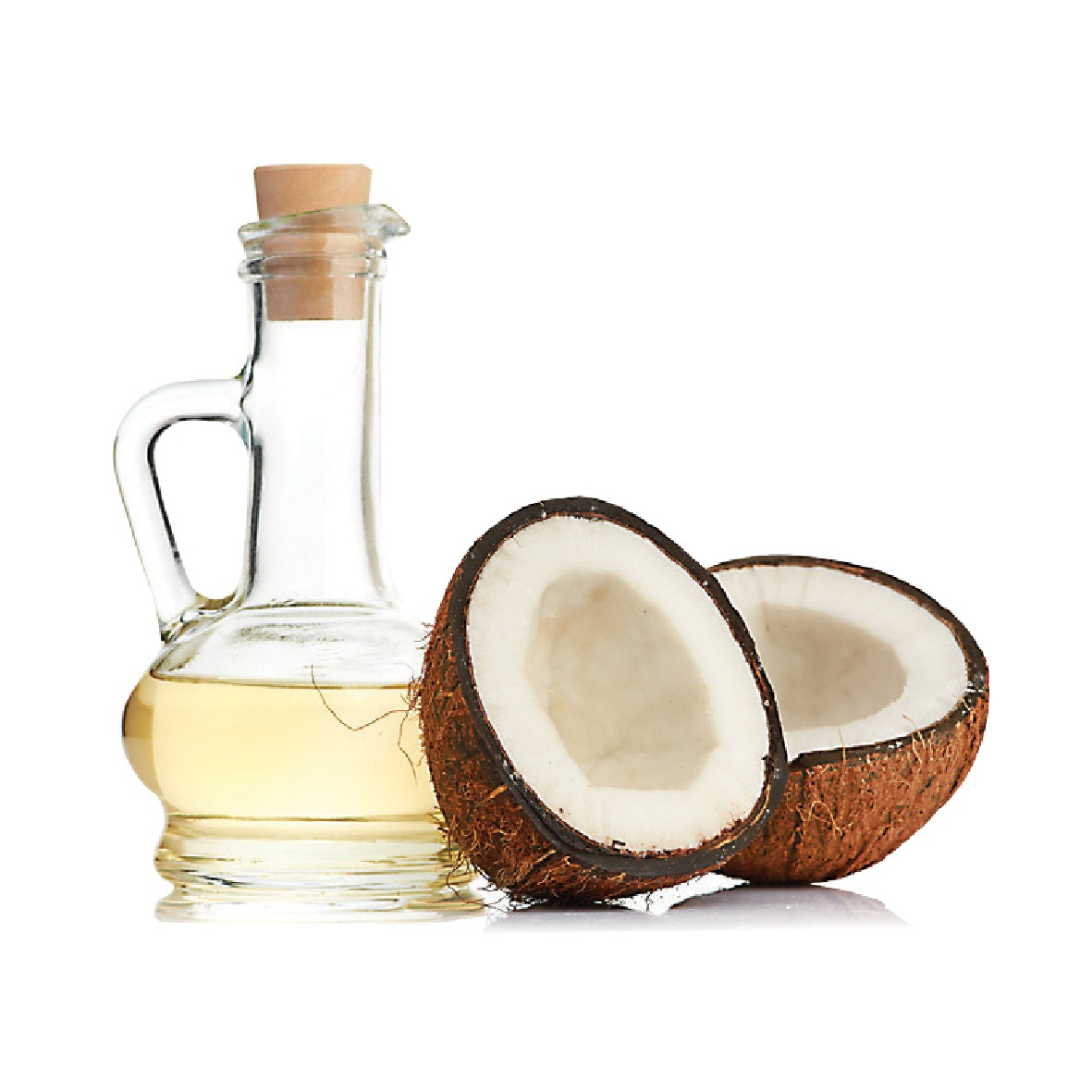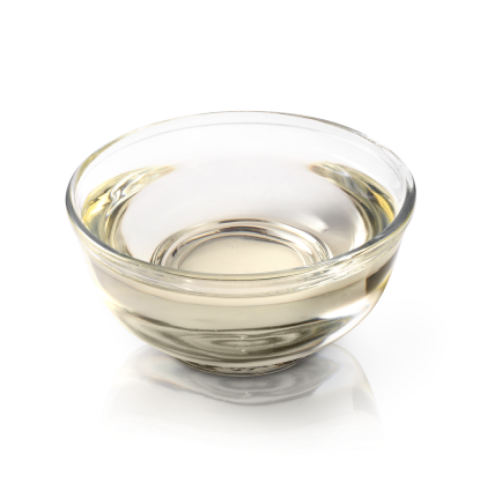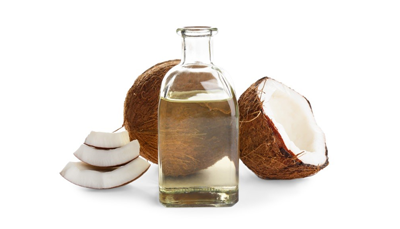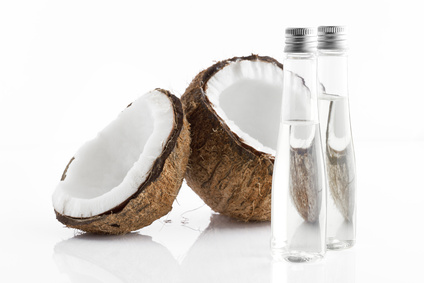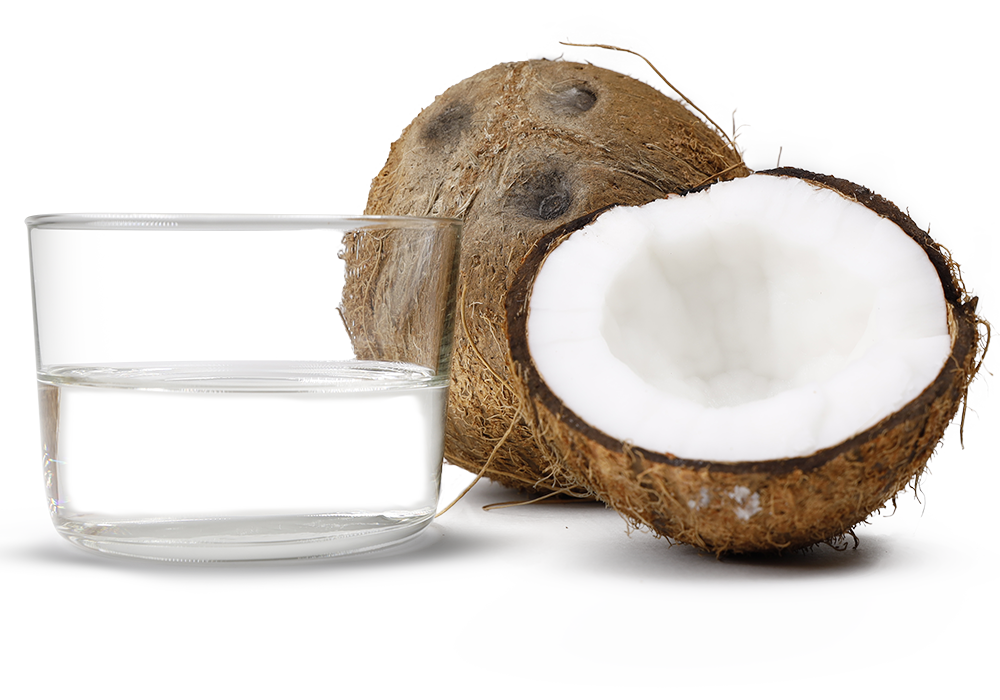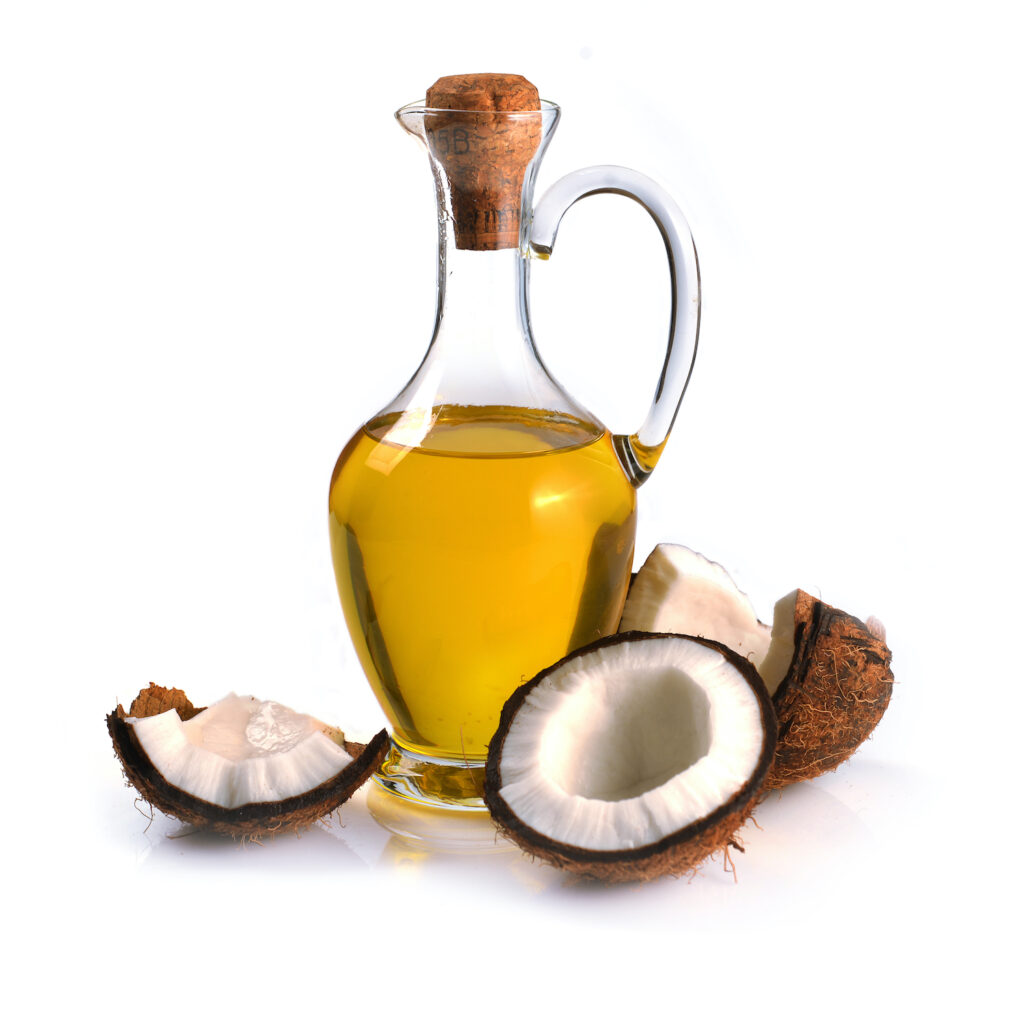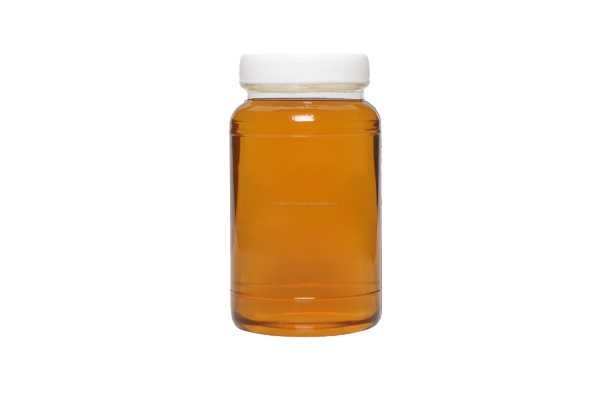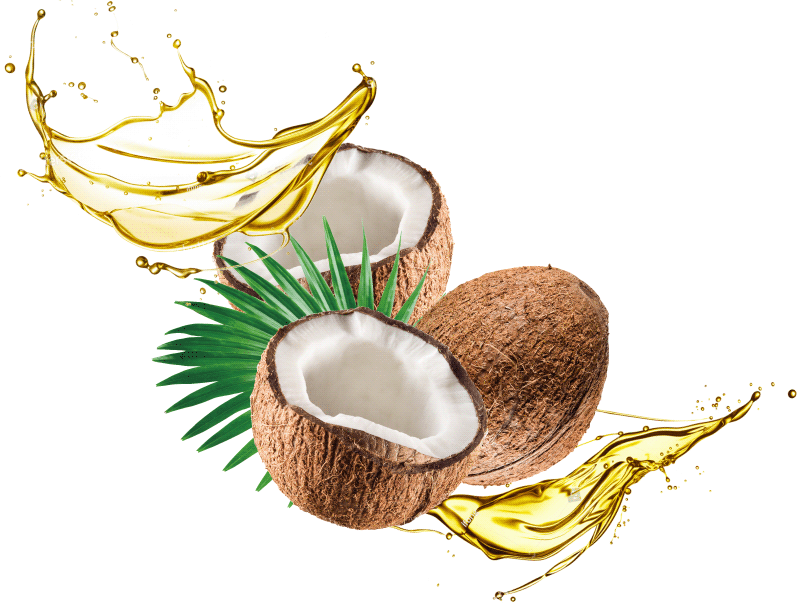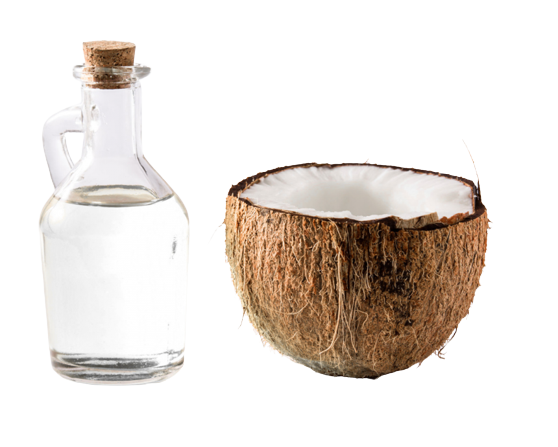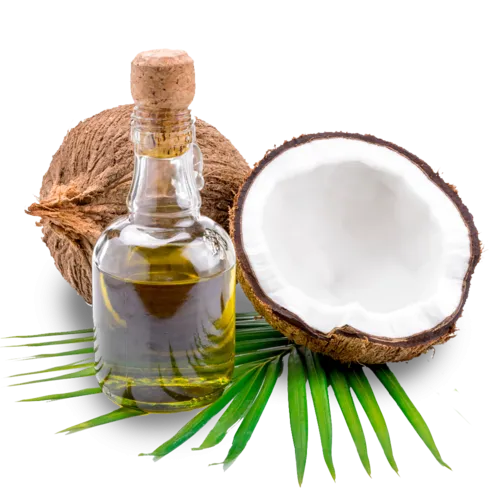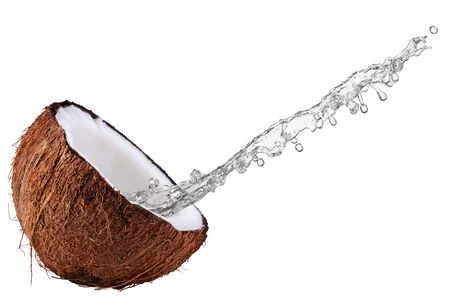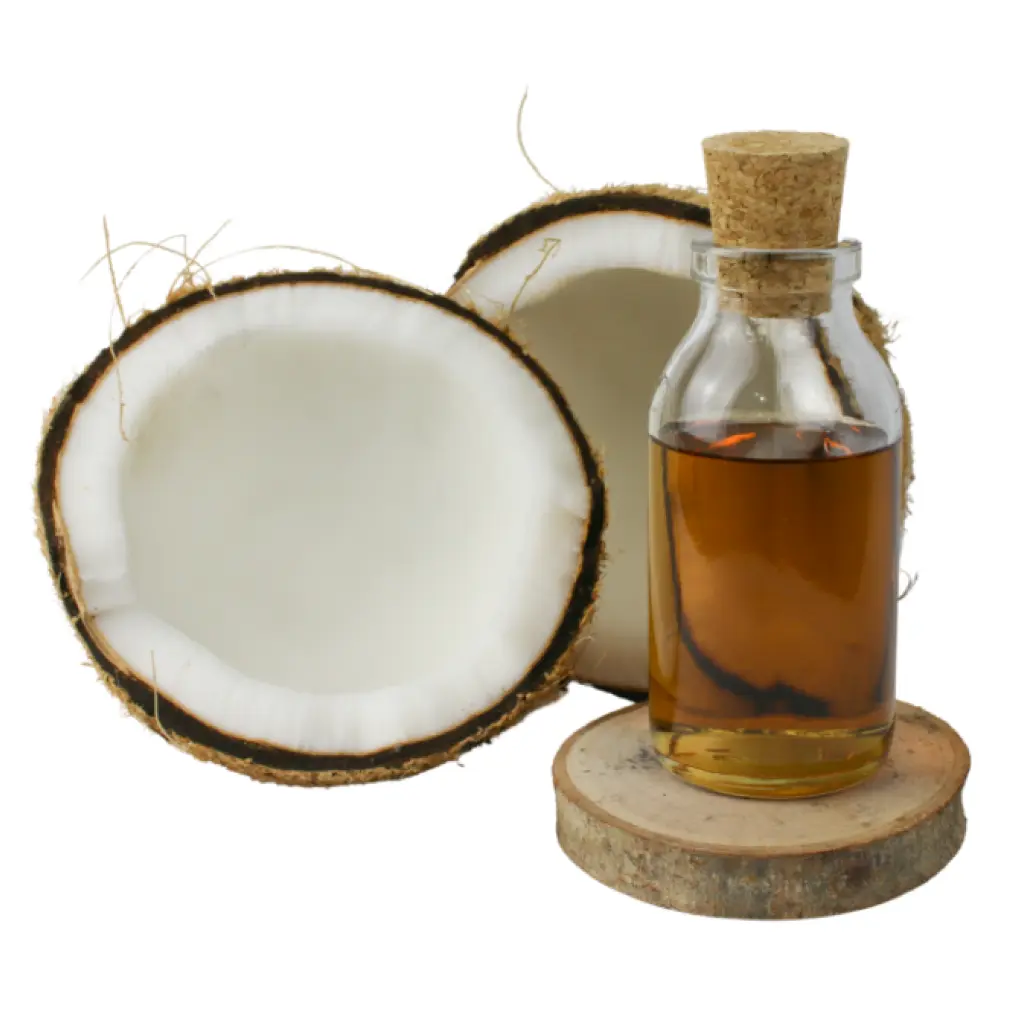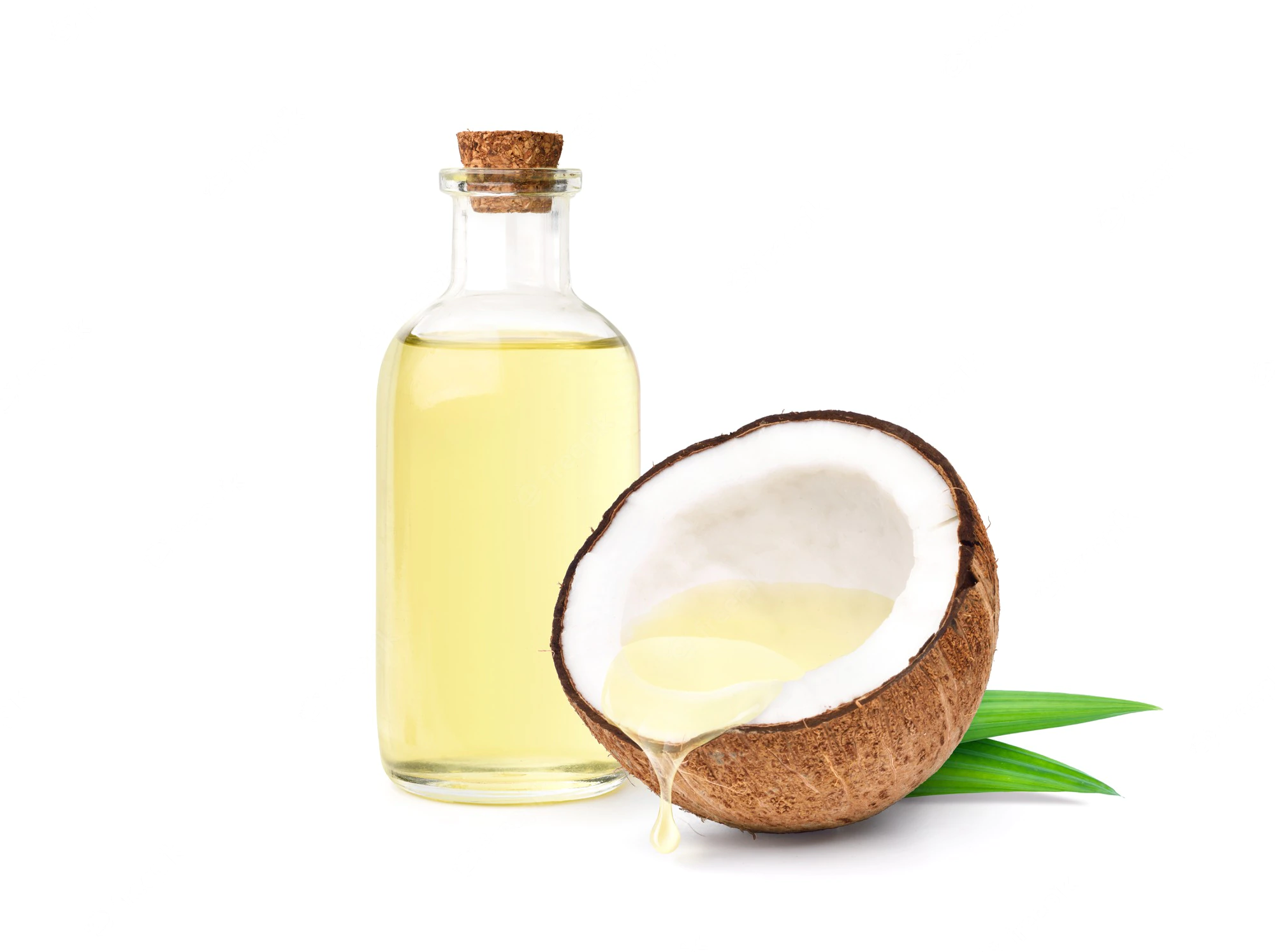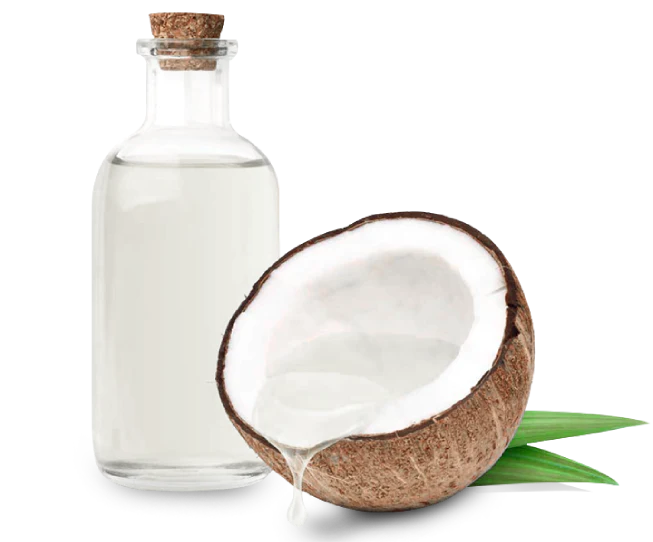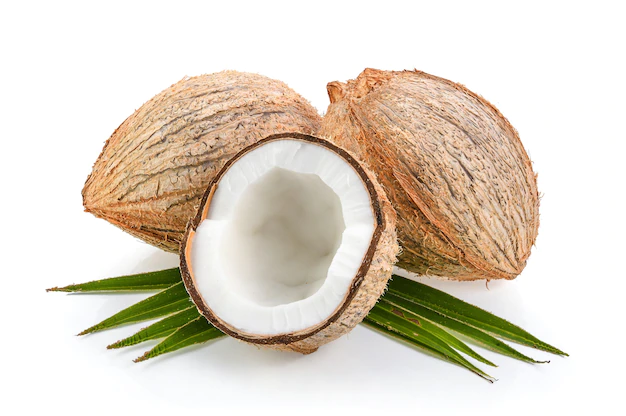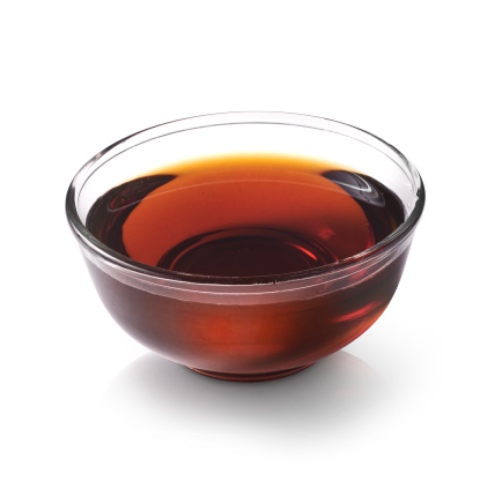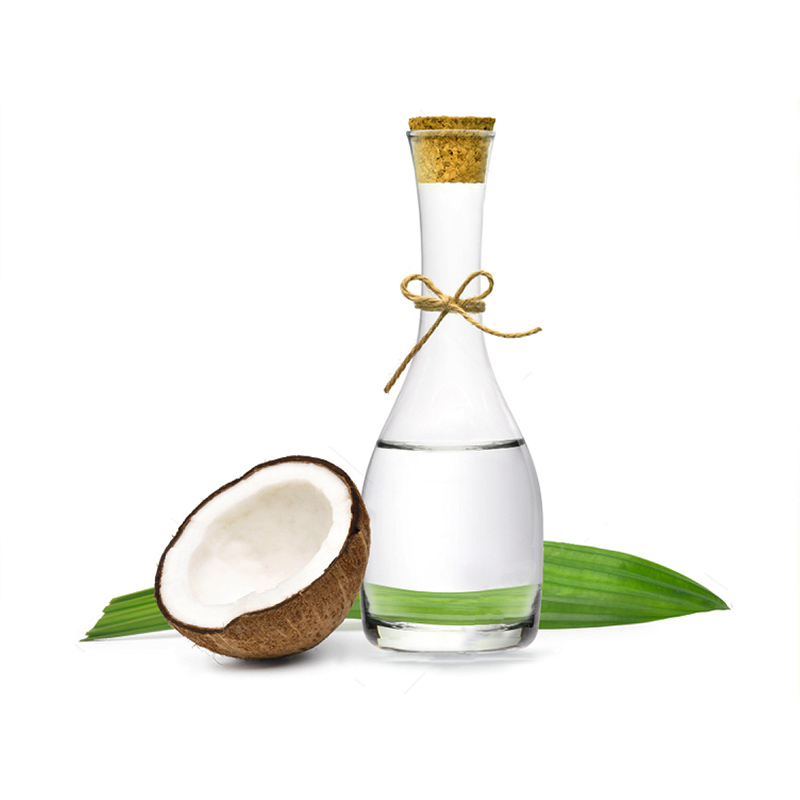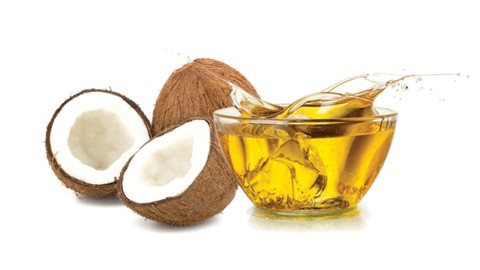Refined vs. Unrefined Coconut Oil: What’s the Difference?
In 2020, global imports of coconut oil rose slightly to 2.2M tonnes, surging by 2.1% on the previous year. In value terms, supplies rose sharply to $2.5B. Coconut Oil Become popular become an option for people around the wolrd for healthier choice.
In this This article we are gonna reviews the differences between unrefined and refined coconut oil, as well as which type should be used in specific instances.
Production
The major difference between refined and unrefined coconut oil is how they’re produced, which in turn affects some of their physical properties, such as flavor and smoke point.
Unrefined coconut oil
Sometimes called virgin coconut oil, unrefined coconut oil is oil that has been pressed from coconut meat and undergone no further processing.
There are two methods of extracting unrefined coconut oil from coconuts :
- Dry. This method uses a machine to press coconut oil out of dried coconut flesh, or copra.
- Wet. This technique involves pressing both coconut milk and coconut oil out of fresh coconuts and then separating the two.
Most unrefined coconut oil is extracted using the wet process. You may see some unrefined coconut oils labeled “cold pressed,” which means that no heat was used in its extraction.
Unrefined coconut oil is solid at room temperature and has a strong coconut flavor and scent, which it can impart to foods that include it. Its smoke point, or the temperature at which the oil begins to smoke, is 350°F (177°C)
Refined coconut oil
On the other hand, refined coconut oil undergoes some additional processing to make it better suited for cooking.
The process begins with pressing crude coconut oil from copra. At this step, the process may be similar to the dry extraction of unrefined coconut oil. Next, one or more of the following steps may occur, depending on the manufacturing process.
- Degumming. The crude coconut oil is mixed with a degumming agent to remove gums, which can change the texture and quality of the oil. The oil is washed in water to separate these gums from the oil.
- Neutralizing. Sodium hydroxide, or lye, is added to the oil and forms a soap with free fatty acids in the oil. The oil is then washed with water, removing the soap and free fatty acids. This reduces the risk of rancidity, as free fatty acids are prone to oxidation.
- Bleaching. The oil is “bleached” by filtering it through an activated clay filter. No bleach is used in this process.
- Deodorizing. The oil is heat-deodorized to remove any remaining coconut scent or taste.
While the resulting coconut oil is more highly processed, it has a higher smoke point of 400–450°F (204–232°C), which makes it more suitable for high temperature cooking. For the most part, it’s also flavorless and odorless.
Additionally, refined and unrefined coconut oils have similar nutrient profiles, providing 120 calories of pure fat per tablespoon (14 grams). The two types contain similar ratios of MCTs, lauric acid, and saturated and unsaturated fats.
Summary
Unrefined coconut oil can be extracted using either a dry or a wet method, while refined coconut oil undergoes some additional processing steps. Refined coconut oil is mostly flavorless and has a higher smoke point than unrefined coconut oil.




